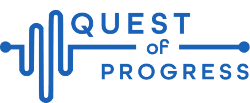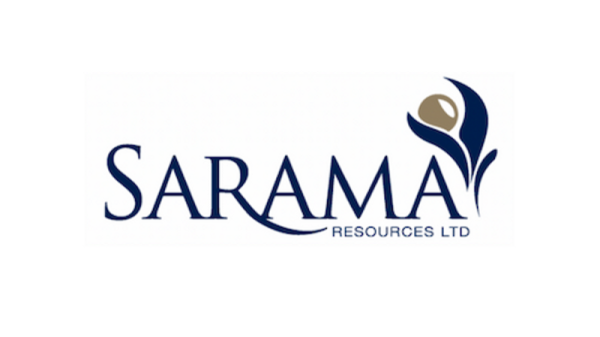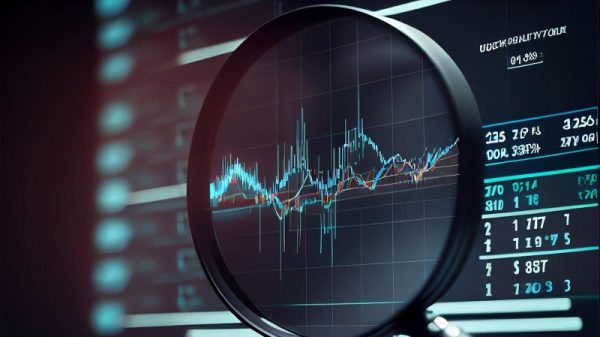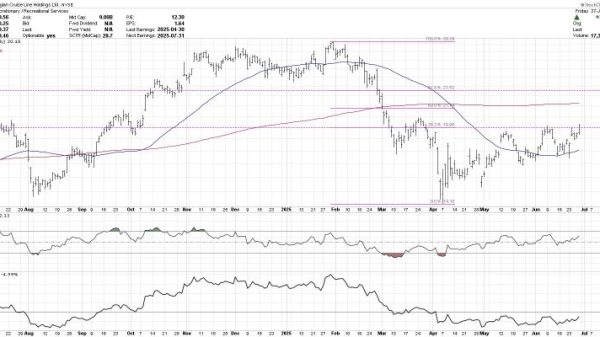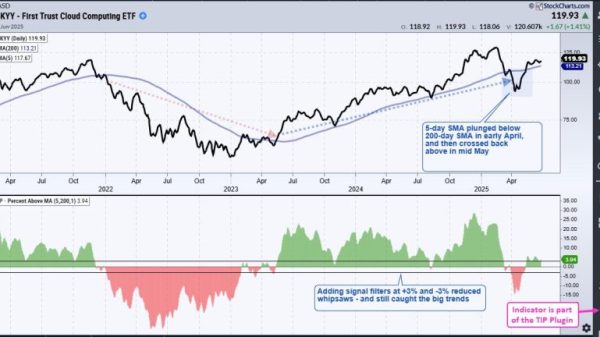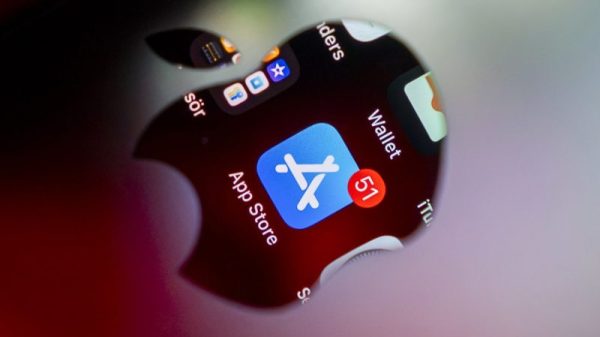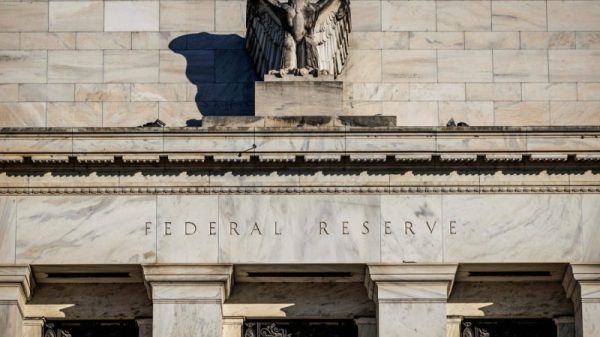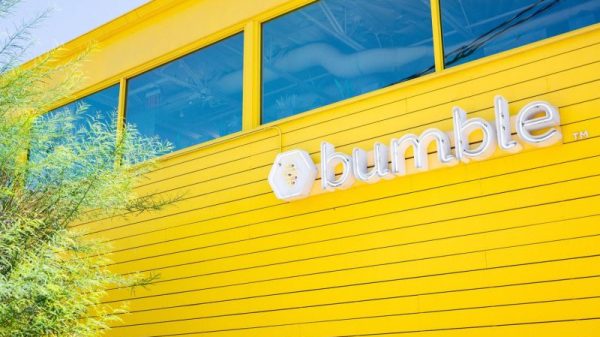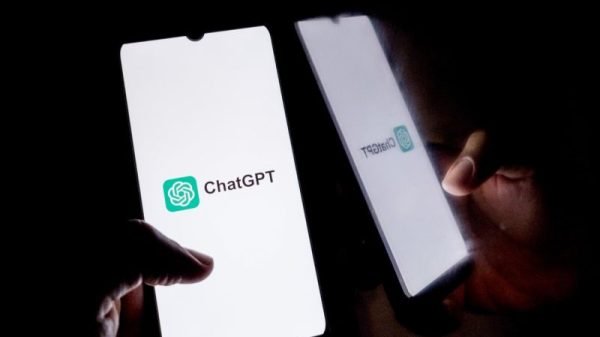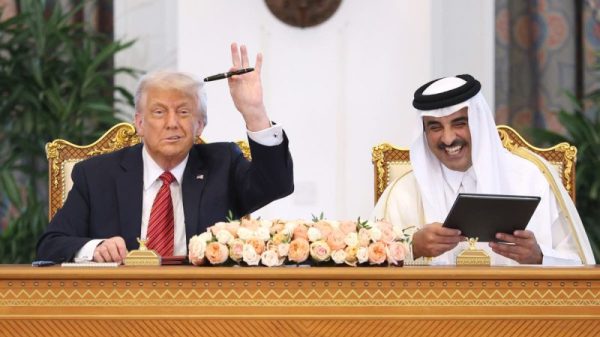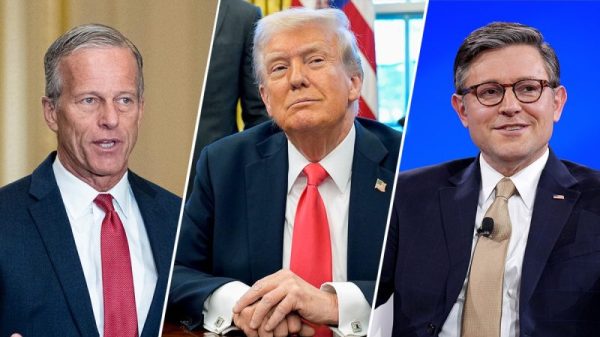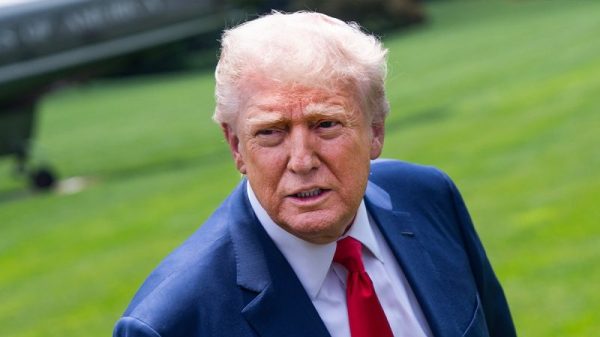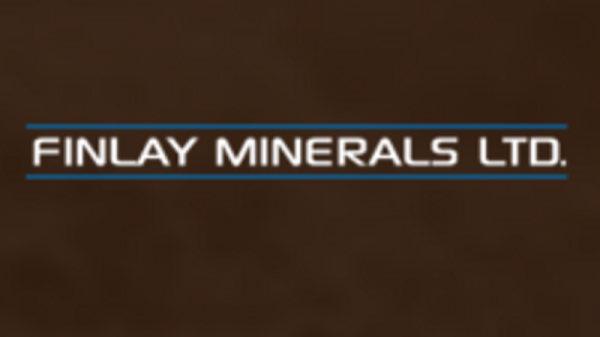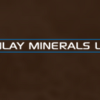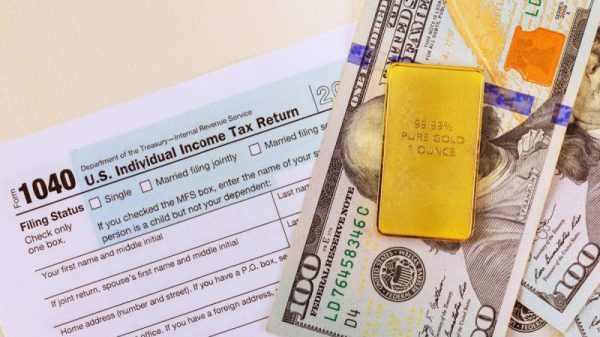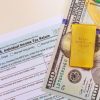
If you haven’t been following the “Twitter Files” saga, the gist of it is that the US federal government routinely pressured pre-Musk Twitter, and likely other social media giants including Alpha (YouTube) and Meta (Facebook and Instagram), to stymie the dissemination of important information related to a certain infamous laptop, an important public health declaration, and various public disturbances in 2020 and early 2021, among other policy-relevant news items.
The Twitter Files may expose one of the greatest breaches of the First Amendment in recent history, but there is plenty of precedent for federal government coercion of businesses, large and small. Almost 90 years ago, for example, the US government used a different blue bird, The Blue Eagle, to coerce company compliance with the worst type of disinformation of all: that related to prices.
America was then in the throes of the Great Depression, a steep downturn in economic activity exacerbated by deflation, or a declining price level. To bust out of the downward spiral of less production and ever-lower prices, the new administration of Franklin Delano Roosevelt (FDR) implemented a suite of policies known as the First New Deal.
One of those policies, passed 16 June 1933, was the National Industrial Recovery Act. It authorized FDR to create a National Recovery Administration (NRA), which he charged with keeping prices artificially high by forcing most industries to adopt commercial codes that set minimum prices, wages, and output quotas. In other words, it suspended antitrust laws and allowed US industries to form cartels that were not only legal, but enforced by the government.
When the aptly named Liberty Bakery had the audacity to charge customers only 5 cents for a loaf of bread instead of the cartel price of 6 cents, for example, the NRA Compliance Division induced the owner to sell his bakery rather than face its regulatory wrath, which included stiff fines and even jail time. But the NRA knew it could not monitor all prices all the time, so in July 1933 it created the Blue Eagle emblem as a badge of compliance with cartel codes and certain “voluntary” nationwide labor regulations, called the President’s Reemployment Agreement (PRA), that set minimum wages per hour and maximum hours of work per week.
FDR himself then turned the Blue Eagle into a form of virtue signaling by urging Americans to only buy goods where they saw the Blue Eagle emblem displayed. To shop elsewhere to save a few pennies constituted an unpatriotic act that only miscreants would dare even consider.
To ensure that everyone got the message, FDR’s administration mobilized the Post Office and encouraged private organizations to pitch in. Some, like the Boy Scouts, sent canvassers door-to-door to convince housewives to boycott non-compliant businesses. Other organizations staged Blue Eagle rallies and ticker-tape parades, including a 9.5 hour affair in New York City on 13 September 1933 attended by an estimated 1.5 million. In addition, sympathetic newspapers published “honor rolls” of PRA-compliant companies and ran articles and op-eds vilifying laggards and defiers.
The psy-op worked at first. For a time, lack of a Blue Eagle on shop windows or in advertisements decreased sales, making many businesses eager to speed cartel formation and to rat out competitors, like Liberty Bakery, that tried to cheat. Consumers also clamored for the right to display Blue Eagle paraphernalia on their clothes, homes, and cars. In the second half of 1933, Blue Eagle pins and stickers proliferated almost as quickly as mask, needle, and Ukrainian flag emojis did on social media accounts in 2020, 2021, and 2022.
Nevertheless, not all industries embraced the Blue Eagle’s socialistic “we do our part” ethos. While some industries, like concrete, adopted detailed cartel codes, others, like yarn producers, produced only very general agreements. Some industries agreed to codes by July 1933 while others did not agree until 1935. The code for the median industry (the 279th of the 557 industries to adopt a code) was not approved by the NRA until February 1934, when the Blue Eagle was already showing signs of suffering from avian flu, or rather the effects of economic irrationality.
Numerous businesses, including Ford Motor Company, fought the PRA and NRA by refusing to display the Blue Eagle even when in compliance. There was even a failed attempt to cancel Ford although everyone knew that he paid his workers far more than other domestic automakers did. Other businesses defied their respective industry codes, creating a compliance crisis in many industries by the spring of 1934.
Once news spread that the NRA Compliance Division could not keep up with alleged violations, consumers began to discount the notion that the Blue Eagle emblem (like the old Twitter Blue Check system) signaled compliance (tweet quality). That allowed them to stop boycotting non-Blue Eagle establishments and induced compliant companies to stop seeking competitive advantage by advertising with the Blue Eagle. Money remained so tight for most households that it was difficult to forego bargain prices even in the face of lingering social ostracism. In late May 1935, Schechter Poultry won its Supreme Court (SCOTUS) case against the NRA in a unanimous decision that held that the NIRA unconstitutionally delegated too much power to the President. After 710 days of existence, the NIRA was finished and newspaper editors throughout the nation pronounced the increasingly clawless Blue Eagle dead.
The lesson for today is that the federal government’s censorship of expression via Twitter is vulnerable on at least two fronts, its obvious affront to the First Amendment and its delegation of vast powers to executive branch agencies like the FBI. But a word of warning is in order, even if SCOTUS clearly quashes government censorship via social media companies. Some industries continued to self-enforce their NRA codes even after Schechter because it was profitable and they knew FDR’s administration would not prosecute them on antitrust grounds, and might even favor them. So it’s possible that some social media companies could continue to censor information on behalf of the government, perhaps by taking cues from White House spokespersons, in return for regulatory and tax quid pro quo. Just as Chief Justice John Marshall noted that the power to tax is the power to destroy, so the power to regulate is the power to control.
